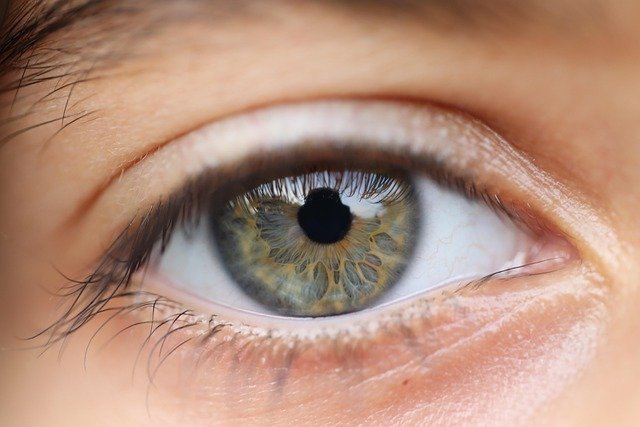Preparing for an Eye Evaluation: Key Information to Share with Your Clinician
An eye evaluation is most effective when your clinician has a clear picture of your symptoms, medical history, and daily visual needs. Preparing concise, relevant information before an appointment helps optometry or ophthalmology teams reach an accurate diagnosis and recommend appropriate therapy, lenses, or referrals.

Preparing for an eye evaluation means collecting clear, relevant details about your vision and overall health. Bring a brief timeline of when blurred vision began, any activities that make it worse, and whether symptoms are constant or come and go. Note medications, previous eye procedures, and family history of eye disease. This information helps clinicians differentiate common refractive causes like myopia or hyperopia from conditions that affect the retina or require surgical assessment.
This article is for informational purposes only and should not be considered medical advice. Please consult a qualified healthcare professional for personalized guidance and treatment.
Vision and eyesight: What to describe?
When you describe changes in vision, be specific. Say whether your eyesight is clouded, hazy, or if you see double. Note whether blur affects distance, near tasks, or both. Mention situations where vision fluctuates — such as in bright light, after reading, or during headaches. Describe any visual distortions (bent lines or rings around lights) and whether glare or night driving has become more difficult. Precise descriptions guide clinicians toward refractive errors or retinal and neurological causes.
Optometry and ophthalmology: Which specialist details matter?
Share prior visits to optometry or ophthalmology and what those clinicians found. If you have had eye pressure checks, retinal imaging, or visual field testing, summarize the results and dates. Include contact lens use, replacement schedule, and any fitting issues. If you previously saw an ophthalmologist for surgery or a specific retinal problem, note that history. This context helps your current clinician decide which diagnostic tests to repeat or which specialist referrals are needed.
Myopia, hyperopia, astigmatism, presbyopia: history to report
Record any history of refractive errors and when glasses or contact prescriptions were last updated. Mention if your prescription changed rapidly, which can signal underlying medical issues. If you have presbyopia, describe when you began needing reading aids and whether multifocal lenses helped. For astigmatism, indicate if you experience blurred or doubled images at certain angles. These details inform lens choices, trial refractions, and whether therapy like updated glasses or contact lenses may resolve the blurred vision.
Retina and other symptoms: what to watch for
Report symptoms that suggest retinal involvement, such as sudden onset of floaters, flashes of light, a shadow or curtain across part of your visual field, or sudden, severe vision loss. Also note eye pain, redness, or systemic symptoms like headache, nausea, or neurological signs. Retinal disease or vascular events require prompt diagnosis; providing dates and progression speeds can affect urgency and the types of imaging (OCT, fundus photography, fluorescein angiography) the clinician will order.
Diagnosis and therapy: tests and prior results to bring
Bring any prior test results, including visual acuity records, corneal topography, OCT scans, or visual field results. If prior treatments—topical drops, oral medications, or earlier surgeries—were used, list their effectiveness and side effects. Describe any vision therapy or rehabilitation you’ve tried. Clear records speed up diagnosis and help determine whether non-surgical therapy, updated lenses or referral for surgery is appropriate. If you have documented systemic conditions such as diabetes or hypertension, provide recent lab values if available.
Lenses, surgery, glasses, telehealth and local services
List current glasses and contact lens prescriptions, age of lenses, and whether you use progressive or single-vision lenses. If you’ve had refractive or cataract surgery, include dates and surgeon details. For telehealth appointments, confirm that required images or prior records are uploadable and that you have reliable internet access and correct lighting for virtual vision checks. If local services are needed for imaging or in-person follow-up, have a list of local services or clinics in your area to discuss coordinated care and next steps.
Preparing these details reduces time spent repeating history in clinic and supports a more accurate diagnosis. Sharing precise symptom descriptions, previous test results, and a medication list helps clinicians distinguish refractive causes from retinal or neurological issues and tailor recommendations for therapy, lenses, or surgical referral.
In summary, a well-prepared patient history and accessible records improve the efficiency of an eye evaluation and can influence whether glasses, contact lenses, vision therapy, further retinal testing, or surgical consultation is recommended. Provide clear timelines, note symptom triggers and severity, and ensure prior reports and prescriptions are available to your clinician.






